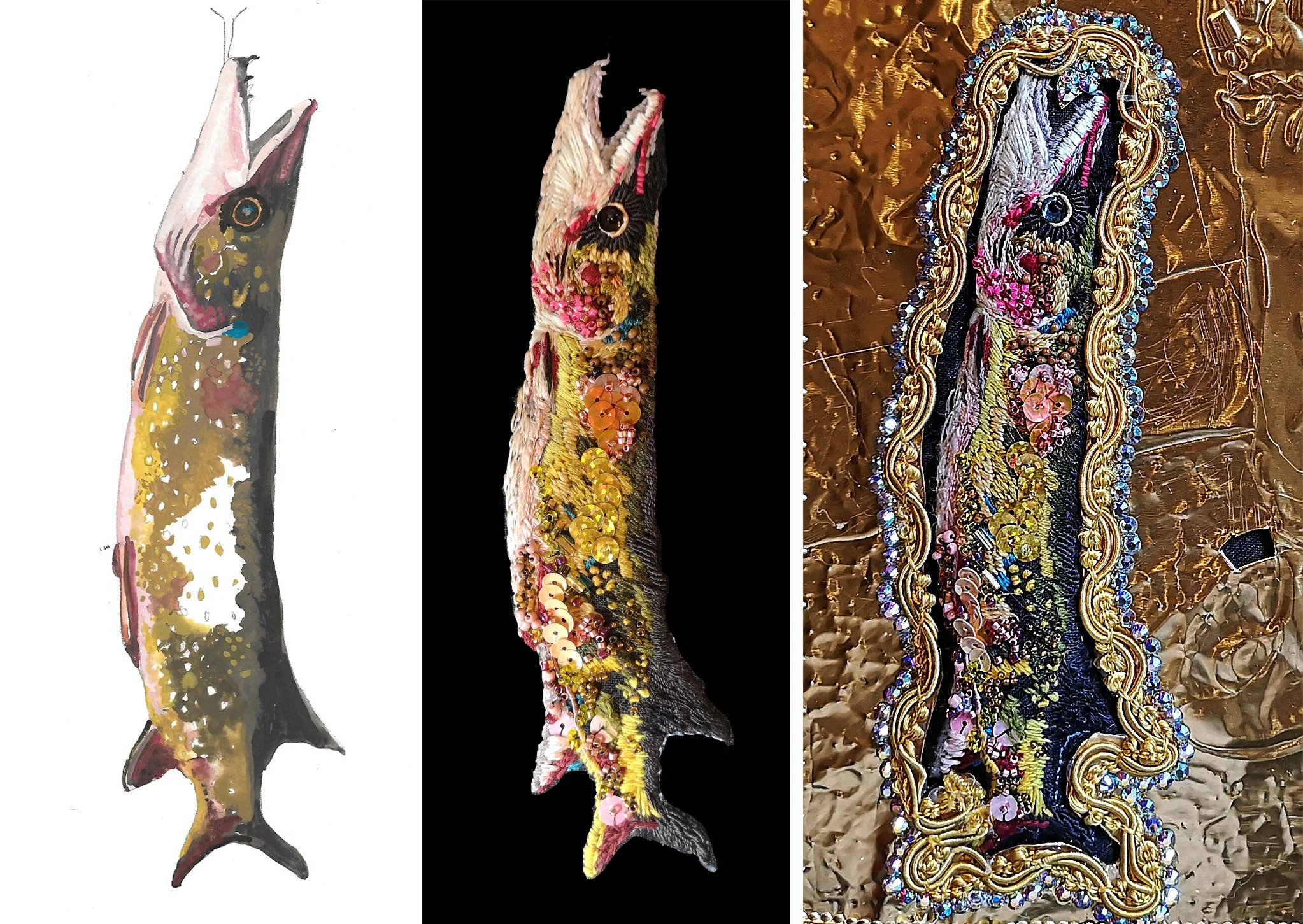2019
An experiential investigation into the embroidery practices of the Chornobyl Babushka
KEY WORDS: place, loss, textiles, identity, memory, community
This paper contextualises and personalises a cohesive and cogent line of enquiry into the textile practices of the Babushkas of Chornobyl through empirical research: observing, recording and gathering, testimonies and histories in the field. Chernobyl, as place (or rather non-place) is the site of the world’s worst nuclear accident of 1986.
Post-accident, 91,200 people were evacuated from areas around Chernobyl and it is now deemed to be uninhabitable. 128 people remain, their legacy the declining remains of a forgotten community and a loss of their strong textile heritage. The ‘Embroidery as a Language’ project was implemented in order to discover how a common interest, i.e. embroidery, within the context of action research methodology could be used to encourage stronger connections and as a consequence promote the sharing of relevant and new information about regional embroidery, in turn preserving the past and taking it forward into the future.
Alongside building an archive, the preservation of their history through personal experiences and narratives is paramount and this paper reflects the focus on the self-settlers of Chernobyl and their embroideries as an on-going initiative and an experiential poignant investigation that has developed over the past four years and during ten separate visits to the Chernobyl exclusion zone.







